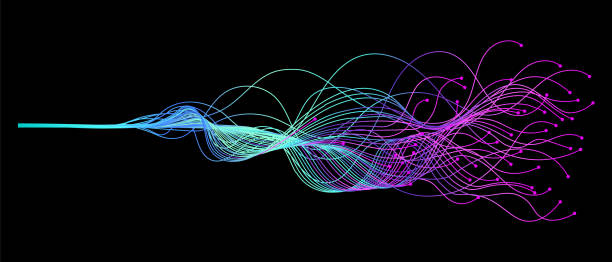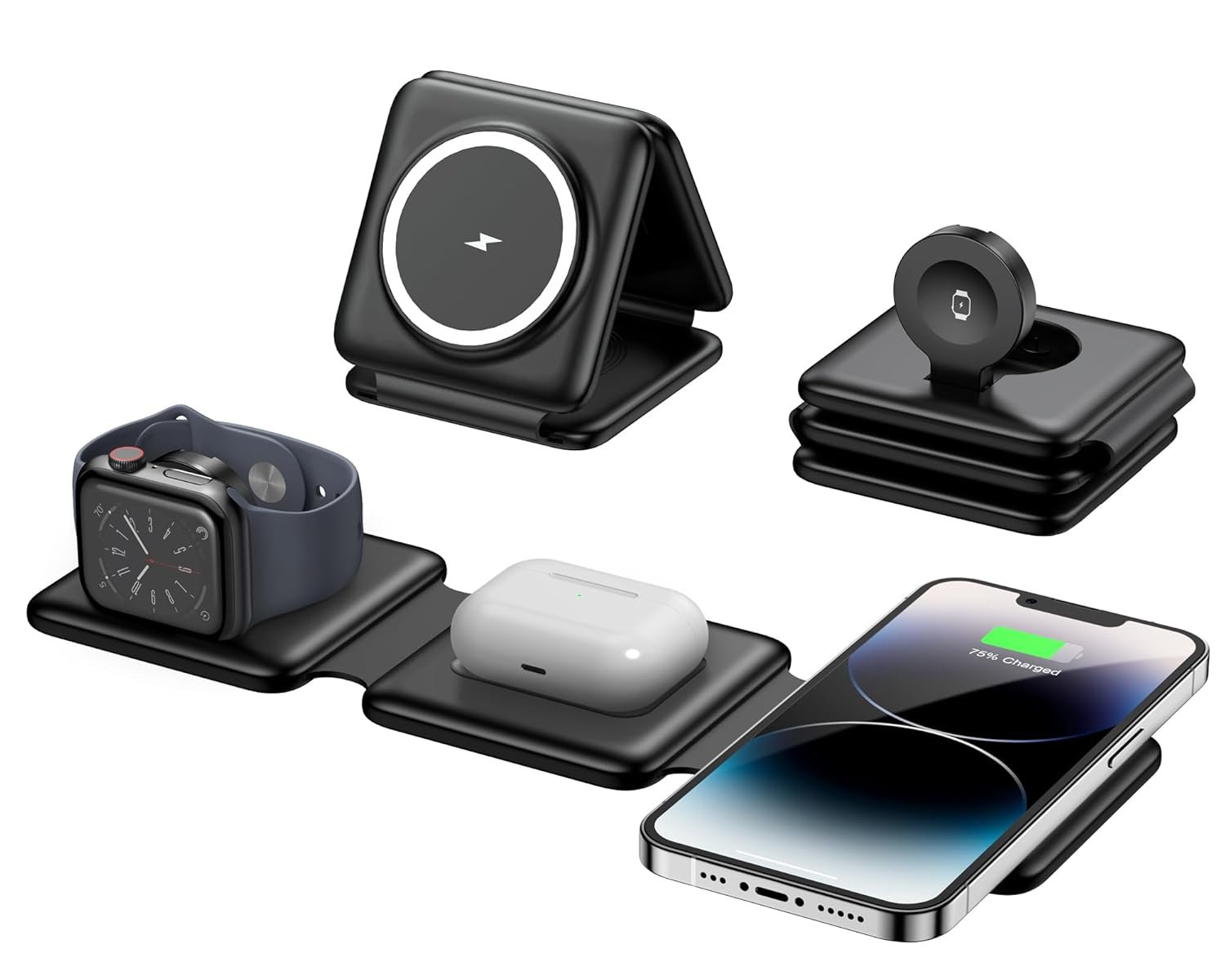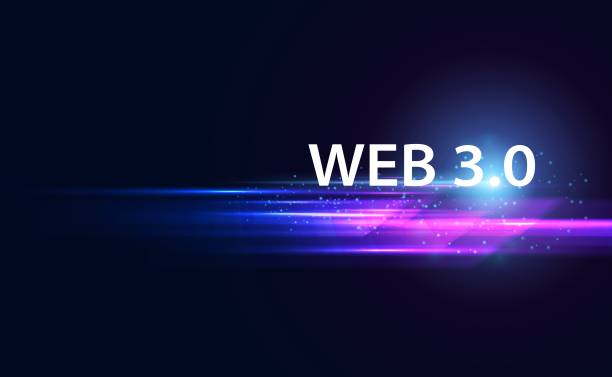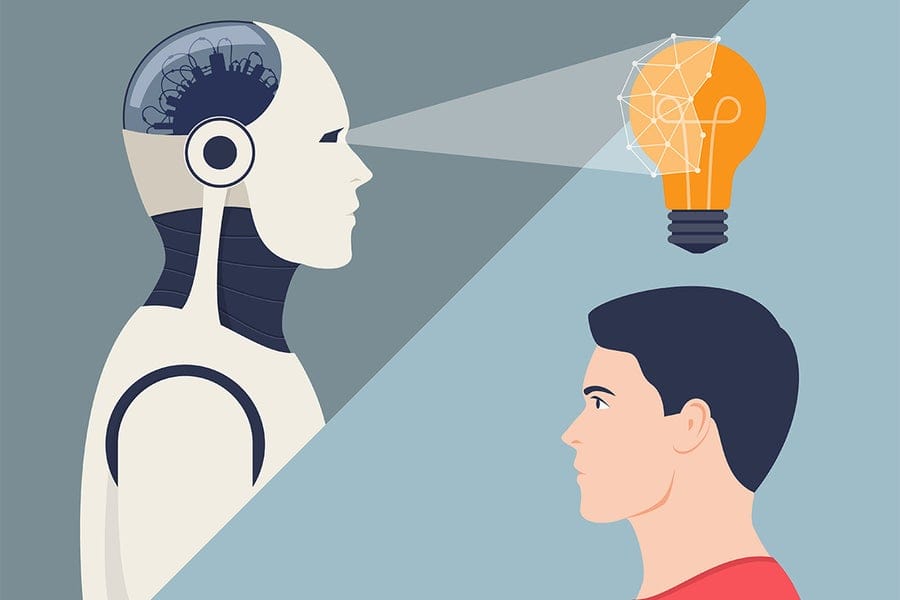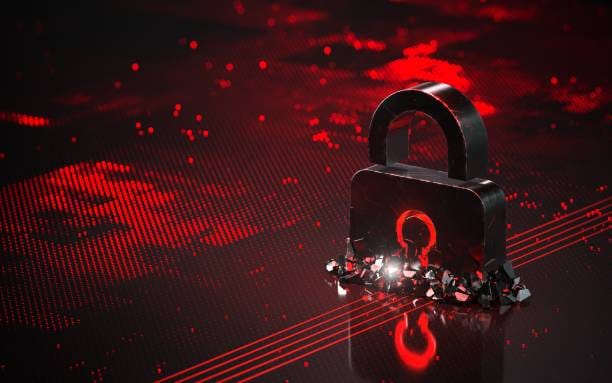The story of Multi-Factor Authentication begins with a simple human need — the need to protect what matters. In the earliest days of human civilization, this protection came in the form of stone walls, guarded gates, and secret codes whispered between trusted allies. In the digital age, however, our treasures no longer sit behind physical barriers. Our wealth, identities, intellectual property, and even our personal relationships now reside in the invisible realm of the internet.
Every time we log in to a website, open an email account, access a banking portal, or send confidential files, we are, in essence, unlocking a digital door. The problem is that these doors often have locks that can be picked — not by burglars with crowbars, but by cybercriminals armed with stolen credentials, malware, and an arsenal of social engineering tricks.
For decades, the password served as the primary key to these digital doors. It was a marvel of simplicity: a word, a phrase, a combination of letters and numbers that granted or denied access. Yet as cybercrime evolved, the limitations of passwords became painfully clear. People reused them across multiple accounts, chose them carelessly, or fell victim to phishing schemes that tricked them into handing over their keys. Data breaches spilled millions of these passwords into the dark corners of the internet, making them as unreliable as a lock with a master key floating around the neighborhood.
And so arose the urgent question: how can we ensure that the person typing a password is truly the rightful owner of the account? The answer would come in the form of a layered defense strategy — a concept now known as Multi-Factor Authentication, or MFA.
Defining Multi-Factor Authentication
Multi-Factor Authentication is, at its core, the art and science of proving that you are who you claim to be using more than one method of verification. Instead of relying on a single piece of information, like a password, MFA demands multiple proofs drawn from different categories of authentication factors. This layered approach dramatically reduces the chances that an attacker can breach an account, even if one factor is compromised.
Think of it as a security checkpoint at an airport. Showing your boarding pass is not enough; you must also present your passport, and sometimes even submit to biometric scanning. Each step strengthens the certainty that you are the legitimate traveler.
In the digital context, MFA blends several forms of identity verification. These typically include something you know (like a password), something you have (such as a smartphone or hardware token), and something you are (biometric identifiers like fingerprints or facial recognition). The magic lies in combining factors from different categories so that if one is stolen or forged, the others still stand as barriers.
Why MFA Matters in the Modern Threat Landscape
The urgency of MFA is best understood in the shadow of cybercrime’s relentless growth. Over the last two decades, attacks have grown in sophistication, scale, and audacity. From massive corporate breaches leaking millions of credentials, to targeted phishing attacks on political figures, to ransomware gangs holding hospitals hostage — the battlefield has expanded to every corner of the connected world.
A startling truth has emerged: most breaches start with stolen or weak credentials. According to cybersecurity research, a vast percentage of successful attacks begin when an attacker acquires a legitimate username and password. Once inside, they can move laterally across systems, escalate privileges, and exfiltrate sensitive data — all without tripping traditional alarms.
MFA strikes at the heart of this problem. Even if a password is exposed, the attacker faces another hurdle: a verification code sent to a phone, a fingerprint scan, a hardware token plugged into a device. It transforms the act of hacking from a single lockpick job into a heist requiring multiple coordinated breaches.
The Human Psychology of MFA
Cybersecurity isn’t just about technology — it’s about people. The reason MFA works so effectively is that it aligns with an age-old principle in human defense: layered security. Castles had moats, drawbridges, gates, and guards, each layer designed to slow or stop an intruder. MFA is the digital incarnation of that philosophy.
But MFA also has to contend with human psychology. People often resist extra steps in their daily routines. A password alone is quick and easy; adding another factor feels, at first, like a burden. The challenge for cybersecurity experts has been to design MFA processes that are both secure and user-friendly. This is where innovations like push notifications, single-tap approvals, and biometric authentication have gained popularity. They keep friction low while maintaining high security.
Interestingly, MFA also builds user trust. When people see that their bank requires a one-time code sent to their phone, or that their email provider blocks suspicious logins pending verification, they feel a sense of safety. This perception of security strengthens brand loyalty and reassures customers that their data is valued and protected.
From Banking Halls to Everyday Life
While the concept of multiple forms of verification is centuries old — think of medieval messengers carrying both a sealed letter and a spoken password — its digital adoption began in high-risk sectors like banking. Financial institutions were among the first to realize that passwords alone couldn’t safeguard sensitive transactions.
Initially, MFA in banking often took the form of physical tokens — small devices generating time-based codes. Over time, this expanded into SMS verification, mobile app authenticators, and biometric scanning at ATMs. Today, MFA is woven into everyday experiences beyond finance: logging into social media, accessing work email, making online purchases, even unlocking a smartphone.
The ubiquity of MFA is a testament to how deeply cyber risk has penetrated daily life. A generation ago, only corporate executives or government officials might have considered such layers of authentication necessary. Now, a teenager logging into an online gaming account might be prompted to verify their identity through multiple steps.
The Science Behind MFA
Underneath its user-facing simplicity, MFA operates on a foundation of cryptographic principles and secure communication protocols. Each factor in MFA is validated through mechanisms designed to resist interception and tampering.
For example, time-based one-time passwords (TOTPs) are generated using shared secret keys and algorithms that ensure codes expire within seconds. This minimizes the window in which a stolen code can be used. Biometric authentication relies on pattern recognition algorithms trained on encrypted templates of a user’s unique biological traits.
Security tokens often employ challenge-response authentication, where the server issues a challenge that only the legitimate token can answer correctly. These processes happen almost instantaneously, yet they are the result of decades of research in computer science, mathematics, and engineering.
Threats That MFA Neutralizes
Phishing emails, keylogging malware, credential stuffing attacks — these are the bread and butter of cybercriminals. MFA is a powerful countermeasure against all of them. A phished password is useless without the second factor. A keylogger can capture keystrokes but not a fingerprint. Credential stuffing attacks, which rely on trying stolen credentials from one breach on other accounts, are largely thwarted when MFA is active.
It’s important to note, however, that MFA is not invincible. Sophisticated adversaries can attempt man-in-the-middle attacks, SIM-swapping to hijack phone numbers, or social engineering to trick users into revealing verification codes. This is why cybersecurity professionals advocate for the most robust factors available — app-based or hardware tokens over SMS, for instance — and for constant user education about emerging threats.
The Business Case for MFA
For organizations, the adoption of MFA is both a security imperative and a business strategy. Data breaches can cost millions in direct losses, regulatory fines, and reputational damage. The simple act of enabling MFA on employee accounts can dramatically reduce the attack surface.
In industries bound by compliance requirements — finance, healthcare, government — MFA is often not optional. Regulations like the European Union’s PSD2 for banking or HIPAA for healthcare data mandate stronger authentication measures. But beyond compliance, MFA is a statement to stakeholders: we take security seriously.
Moreover, as remote work has become the norm, MFA plays a crucial role in securing corporate networks accessed from a myriad of devices and locations. The office perimeter is gone; identity is the new perimeter, and MFA is its guard.
The Emotional Core of Security
At the heart of MFA’s story lies a deeply human emotion: trust. We trust that when we send a private message, it will remain private. We trust that our bank account will not be drained overnight. We trust that our personal photos and documents will not end up in the hands of strangers.
MFA is not just about algorithms and devices — it is about preserving that trust in a world where it can be broken with a few keystrokes. Every second factor entered, every fingerprint scanned, every push notification approved is a small act of faith that technology can still be a safe space.
This emotional dimension is why cybersecurity professionals fight so hard to make MFA universal. It’s not just about blocking bad actors; it’s about giving good people the freedom to live, work, and create online without fear.
The Road Ahead for MFA
The future of MFA will likely merge seamlessly with our daily environments. Passwordless authentication, powered by biometrics and cryptographic keys stored in secure hardware, is already gaining traction. Wearable devices could serve as persistent authentication factors, verifying identity continuously through proximity and physiological signals.
Artificial intelligence will play a growing role, analyzing user behavior patterns — typing speed, navigation habits, geolocation — to trigger additional verification only when anomalies appear. In such a future, MFA may feel less like an obstacle and more like an invisible shield, always present but rarely intrusive.
Yet as technology evolves, so will the attackers. Deepfake-based spoofing of biometrics, AI-driven phishing campaigns, and quantum computing’s potential to crack encryption are challenges on the horizon. MFA will need to adapt, becoming ever more sophisticated while retaining the human-centered simplicity that drives adoption.
Conclusion: A Layered Promise
Multi-Factor Authentication is not a silver bullet, but it is one of the most effective defenses available in the digital world. It represents a shift from naive trust in single points of failure to a layered, resilient model of protection. It embodies the principle that in matters of security, redundancy is strength.
More than that, MFA is a cultural change. It is a recognition that in a hyper-connected age, our identities and data are under constant threat, and that defending them requires both technological innovation and collective responsibility.
In the end, MFA is about giving people — from the student logging into an online class, to the CEO protecting corporate secrets, to the doctor accessing patient records — the confidence that their digital lives are under their control. It is about making sure that the locks on our virtual doors are not just strong, but smart.
It is, quite simply, about keeping trust alive in the digital century.

